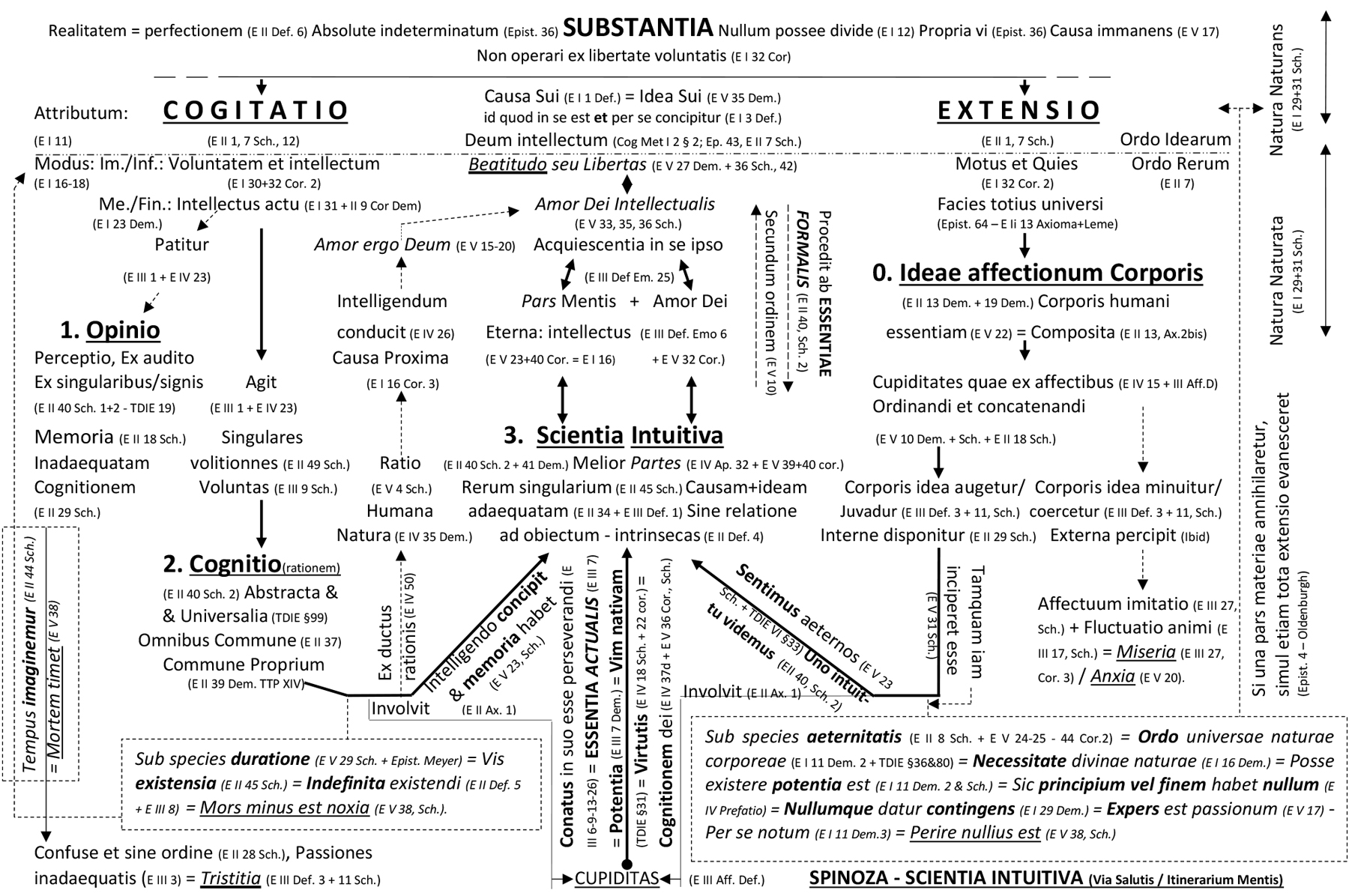At the risk of coming across as a nerd, someone with an OCD or a form of autism (all borne with pride!), I give here five schemes that have helped me articulate some of the ideas in my work. None of these schemes were intended for publication. They were simply conceived as aide-memoires, idiosyncratic attempts to articulate ideas visually. A very subtle evolution can be discerned through them, my articulation of time changing progressively over the years.
For those who are interested, this evolution can perhaps be summarised in this telegraphic way: I started conceiving time within a phenomenological tradition for which time cannot be understood independently of the mind thinking or the body experiencing it. Time is not a now-point, a measure, or a running clock or calendar; I am time. As such, time is always already an advent (not an event), the always untimely encounter of Being with the radically Other (Scheme 1: Derrida). As this ever-recurring encounter (or advent), time necessarily obeys two laws: that of finitude (Being-to-death) and that of the to-come (the Other as Futurity).
I extended this perspective by exploring the fact that this advent cannot be understood outside of the play of sexual difference and that of progeny (Scheme 2: Levinas + 3: Chalier). Time, as this encounter with the radically Other, occurs in the erotic encounter. Beyond the economies of pleasure, the caresses I bestow upon the other, for example, never know where they are going. The blindness of the gesture exemplifies time as advent. Correspondingly, and contrary to what is commonly thought, children are not the placeholder of the future. The child simply extends the blind gesture of the caress, one that is, extraordinarily, stronger than death.
I then widened this understanding of time by revealing this advent, following Heidegger, as a poly-logical fourfold (Scheme 4: Heidegger). The main shift with this wider perspective was to finally extricate time from the entire arsenal of archic and telic representations and to reconcile transcendental and immanental outlooks, thus finally eschewing the pitfalls of phenomenological apperceptions of time. Even though it can only be experienced and understood by humans through metonymies such as the caress, time as advent occurs as a fourfold logic that can no longer be exclusively reduced to the singularity of a being encountering the other. The spin of the Earth or its hurtling around the galaxy obeys this logic that curiously knows no logos.
With such a renewed apperception of time, I then proceeded to expose what gives rise to this advent (or poly-logical fourfold) in the first place, namely, the one utterly rational and eternal expression structuring the universe itself; this reality or perfection that knows no reason whatsoever (Scheme 5: Spinoza). Although the preceding words might imply a hard-core necessitarian outlook underpinned by a dodgy—because evasive—eternity, in reality, it suffers none. Time as advent (or more precisely as fourfold) occurs because it is at once eternally drawn out of necessity and utterly contingent in its finitude, however paradoxical this sounds.
In order to further explore this paradoxical aspect of time as advent, I then exemplified it with the help of a three-word fragment from Aenesidemus: time is air. Having neither arche nor telos, knowing neither punctuality nor continuum, time is a logical instability that—although structuring human lives—curiously accords with nothing in human logic with its fixed earth-bound states and predicates. Without reason, time moves imperceptibly or at great speed, a turbulent aporetic nature in which all is both contradictory and non-contradictory, measured and chaotic. It is only the lateness of human logic that prevented us from realising the radical aeriality of time’s expression.
Overall, this evolution exposes a one and only concern throughout: how to deal with this incommensurable that always tirelessly structures time, i.e., what is intermittently called Being, the Other, the Infinite, the Most High, Death, God, the Contingent, Hyper-Chaos, or Eternity? This concern will no doubt continue evolving and changing. For now, please note that these schemes don’t, of course, aspire to any form of accuracy or legitimacy.
Clicking on the thumbnails reveals the scheme in a new window.
1. Derrida – S’at-tendre-l’Un-l’Autre
2. Levinas – Dia-Chrony
3. Chalier – Catenoid
4. Heidegger – Fourfold Revisited
5. Spinoza – Scientia Intuitiva





